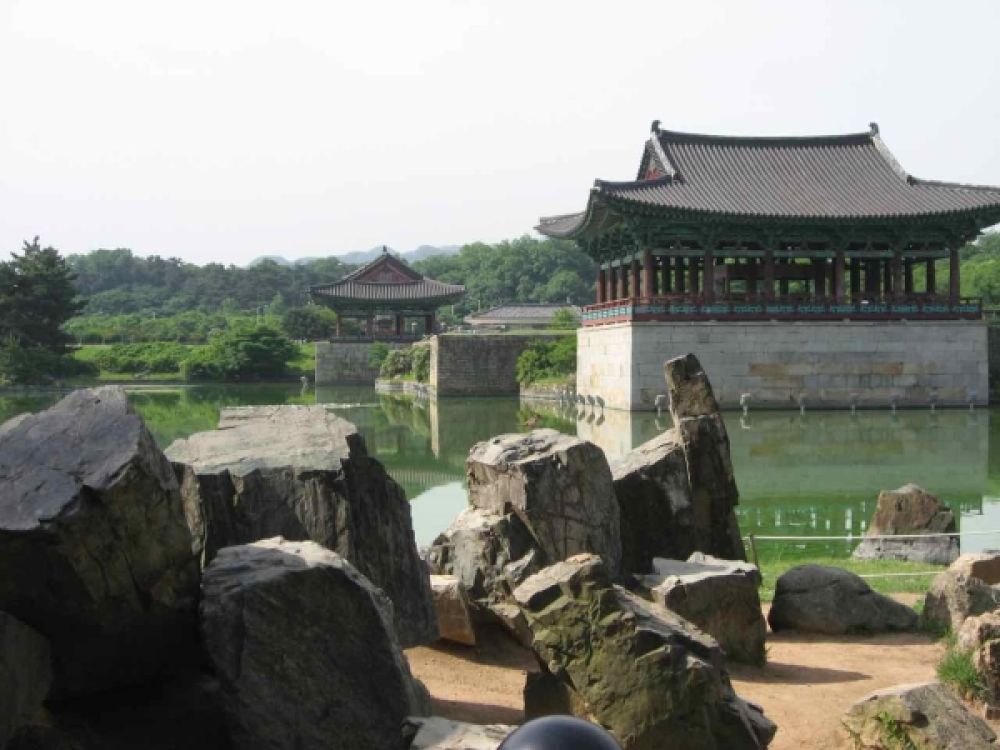

Gyeongju, once the capital of the ancient kingdom of Silla (57 BCE – 935 CE), is home to a wealth of historical monuments and sites, which vividly illustrate a long and remarkable cultural history. Located in the southeastern part of South Korea, Gyeongju isn't just a city; it's an open-air museum boasting numerous relics from the Silla period. The historical importance of Gyeongju's landmarks has been recognized globally, with several areas designated as UNESCO World Heritage Sites.
The tourism history in Gyeongju is deeply intertwined with the city's cultural heritage. The area became a significant tourist destination after Korean independence, when the cultural importance and historical value of Gyeongju were promoted. As international travel grew in the latter half of the 20th century, so did Gyeongju's reputation as a must-visit historical location. The UNESCO designation in the early 2000s further solidified Gyeongju's status on the world stage, attracting heritage tourists, cultural enthusiasts, and history buffs.
Gyeongju's most famous historic area is the Bulguksa Temple, a testament to Silla architecture, Buddhist belief, and the skill of Silla artisans. Nearby, the Seokguram Grotto houses a magnificent statue of Buddha looking out to sea, encapsulating the spiritual and artistic achievements of the era. The Gyeongju Historic Areas also include the Tumuli Park, a collection of royal Silla tombs, and the Cheomseongdae Observatory, one of the oldest surviving astronomical observatories in Asia.
In recent years, tourism in Gyeongju has benefited significantly from a mix of government investment, digital innovation, and rising interest in experiential and educational travel. Interactive and virtual reality experiences offer immersive insights into the Silla Kingdom. To accommodate modern tourists, Gyeongju has developed a range of boutique accommodations, traditional Hanok stays, and international-standard hotels. The city also hosts various cultural festivals and events throughout the year, such as the Gyeongju Cherry Blossom Marathon and the Silla Cultural Festival, attracting a diverse crowd of visitors.
To fully appreciate the Gyeongju Historic Areas, tourists are advised to plan their itineraries in advance. The Gyeongju National Museum provides crucial insights into Silla history and showcases numerous artifacts excavated from the area. Travelers can also take advantage of guided tours, which often include stories and lesser-known facts that enrich the visiting experience.
Recognizing the importance of preserving its historical assets, Gyeongju has been actively engaged in sustainable tourism practices. Efforts include the preservation of ancient sites and the promotion of environmentally friendly tourism activities, which aim to minimize the impact on these historical treasures while ensuring they can be enjoyed by future generations.